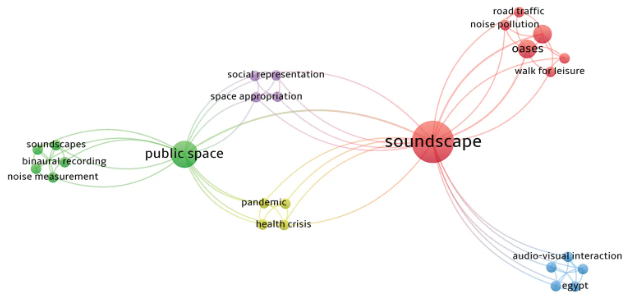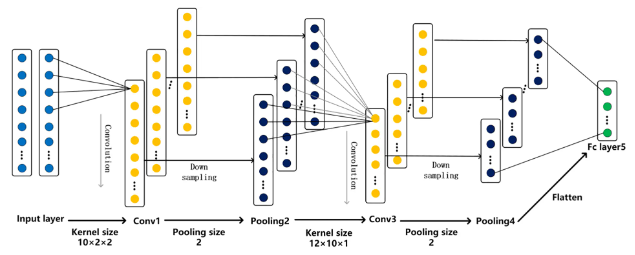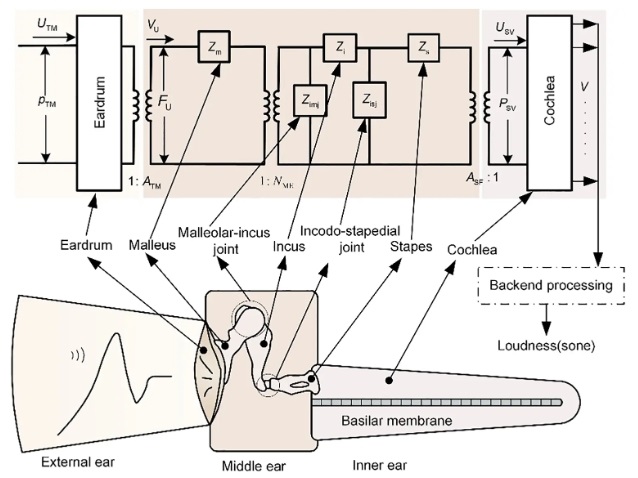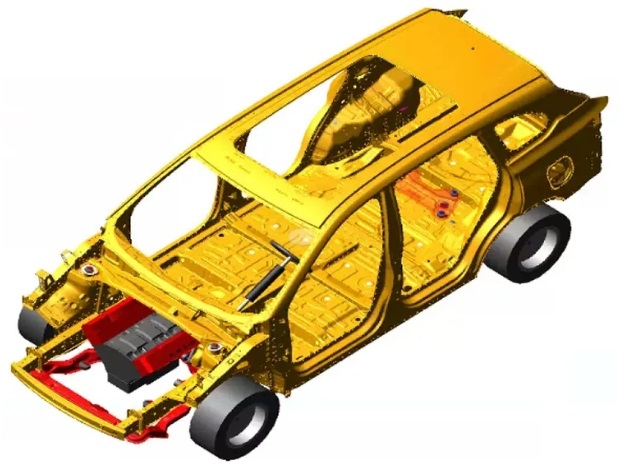New scaling of critical damping and reduced frequency for mechanically excited systems
Abstract
This paper introduces a universal framework for understanding the vibration responses of systems subjected to harmonic excitation. By examining a simplified cylinder-spring-damper model, the study refurbishes traditional scaling methods for the excitation frequency ratio and critical damping ratio. The findings indicate that in damped systems, the maximum amplitude of vibration does not align with the natural frequency. This observation leads to the introduction of a new scaling method for reduced frequency. This new approach aligns resonance peaks at the new reduced velocity of 1.0 across different damping ratios, providing a consistent characterization of vibration behavior. A new critical damping ratio of 0.707 is identified for an excited system as opposed to the traditional damping ratio of 1.0 for an unexcited system. Key properties such as maximum amplitude, phase lag, bandwidth, and quality factor are analyzed, demonstrating that the proposed reduced frequency and critical damping ratio effectively capture the dynamics of both damped and undamped excited systems. The findings offer significant insights for practical applications in engineering and various scientific fields.
References
[1]Tse FS, Morse IE, Hinkle RT. Mechanical Vibrations: Theory and Applications, 2nd ed. Allyn and Bacon, Inc.; 1978.
[2]Alam MM. A note on flow-induced force measurement of oscillating cylinder by loadcell. Ocean Engineering. 2022; 245: 110538. doi: 10.1016/j.oceaneng.2022.110538
[3]Bhatt R, Alam MM. Vibrations of a square cylinder submerged in a wake. Journal of Fluid Mechanics. 2018; 853: 301–332. doi: 10.1017/jfm.2018.573
[4]Lin C, Alam MM. Intrinsic features of flow-induced stability of square cylinder. Journal of Fluid Mechanics. 2024; 988: A50. doi: 10.1017/jfm.2024.445
[5]Sharma S, Chouksey M, Pare V, Jain P. Modal and frequency response characteristics of vehicle suspension system using full car model. In: Proceedings of the 2nd International Conference on Emerging trends in Manufacturing, Engines and Modelling (ICEMEM-2019); 23–24 December 2019; Mumbai, India.
[6]Bai H, Alam MM. Dependence of square cylinder wake on Reynolds number. Physics of Fluids. 2018; 30(1). doi: 10.1063/1.4996945
[7]Alam MM. Fluid force, moment and torque measurements of oscillating prism and cylinder using loadcell. Physics of Fluids. 2022; 34(12). doi: 10.1063/5.0124800
[8]Glaister P, Glaister EM. HMS-harmonic motion by shadows. Teaching Mathematics and its Applications. 2009; 28(1): 10–15.
[9]Kougias IE. Solving second-order ordinary differential equations without using complex numbers. Teaching Mathematics and its Applications. 2009; 28(2): 101–108. doi: 10.1093/teamat/hrp007
[10]Tomljanovic Z. Damping optimization of the excited mechanical system using dimension reduction. Mathematics and Computers in Simulation. 2023; 207: 24–40. doi: 10.1016/j.matcom.2022.12.017
[11]Arkhipova IM, Luongo A. On the effect of damping on the stabilization of mechanical systems via parametric excitation. Zeitschrift für angewandte Mathematik und Physik. 2016; 67: 69. doi: 10.1007/s00033-016-0659-6
[12]Yabuno H, Tsumoto K. Experimental investigation of a buckled beam under high-frequency excitation. Archive of Applied Mechanics. 2007; 77(5): 339–351. doi: 10.1007/s00419-007-0112-6
[13]Arkhipova IM, Luongo A, Seyranian AP. Vibrational stabilization of the upright statically unstable position of a double pendulum. Journal of Sound and Vibration. 2012; 331(2): 457–469. doi: 10.1016/j.jsv.2011.09.007
[14]Scalzo F, Totis G, Vaglio E, Sortino M. Experimental study on the high-damping properties of metallic lattice structures obtained from SLM. Precision Engineering. 2021; 71: 63–77. doi: 10.1016/j.precisioneng.2021.02.010
[15]Medel F, Abad J, Esteban V. Stiffness and damping behavior of 3D printed specimens. Polymer Testing. 2022; 109: 107529. doi: 10.1016/j.polymertesting.2022.107529
[16]Samimi AH, Karamooz-Ravari MR, Dehghani R. Numerical and Experimental Investigation of Natural Frequency and Damping Coefficient of Flexible Cellular Lattice Structures. International Journal of Advanced Design and Manufacturing Technology. 2024; 17(1): 29–38.
[17]Palmieri M, Zucca G, Morettini G, et al. Vibration fatigue of FDM 3D printed structures: The use of frequency domain approach. Materials. 2022; 15(3): 854. doi: 10.3390/ma15030854
[18]He F, Ning H, Khan M. Effect of 3D Printing Process Parameters on Damping Characteristic of Cantilever Beams Fabricated Using Material Extrusion. Polymers. 2023; 15(2): 257. doi: 10.3390/polym15020257
[19]Tabatabai H, Oliver DE, Rohrbaugh JW, Padadopoulos C. Novel Applications of Laser Doppler Vibration Measurements to Medical Imaging. Sensing and Imaging: An International Journal. 2013; 14(1–2): 13–28. doi: 10.1007/s11220-013-0077-1
[20]Ghemari Z. Exploring Forced-damped Vibrations: Analysis, Modeling, and Medical Applications. Journal of Material Sciences & Applied Engineering. 2024; 3(1): 1–8.
[21]Ebrahim M. Analyzing the numerical behavior of a vibration system with non-linearity using single degree of freedom approach. Journal of Mechanical Engineering and Automation. 2023; 12(2): 36–50. doi: 10.5923/j.jmea.20231202.02
[22]Torvik PJ. On estimating system damping from frequency response bandwidths. Journal of Sound and Vibration. 2011; 330(25): 6088–6097. doi: 10.1016/j.jsv.2011.06.027
[23]Thomson WT. Theory of Vibration with Applications, 4th ed. Springer; 1998.
[24]Williamson CHK, Govardhan R. Vortex-induced vibrations. Annual Review of Fluid Mechanics 2004; 36: 413–455. doi: 10.1146/annurev.fluid.36.050802.122128
Copyright (c) 2025 Author(s)

This work is licensed under a Creative Commons Attribution 4.0 International License.









